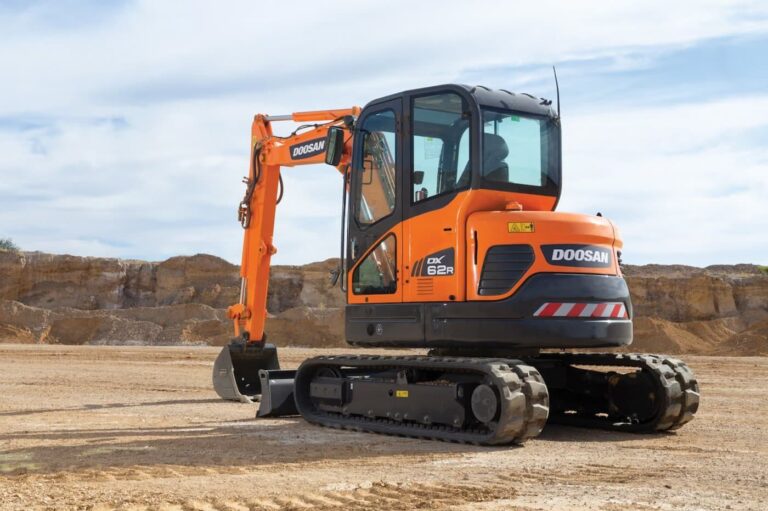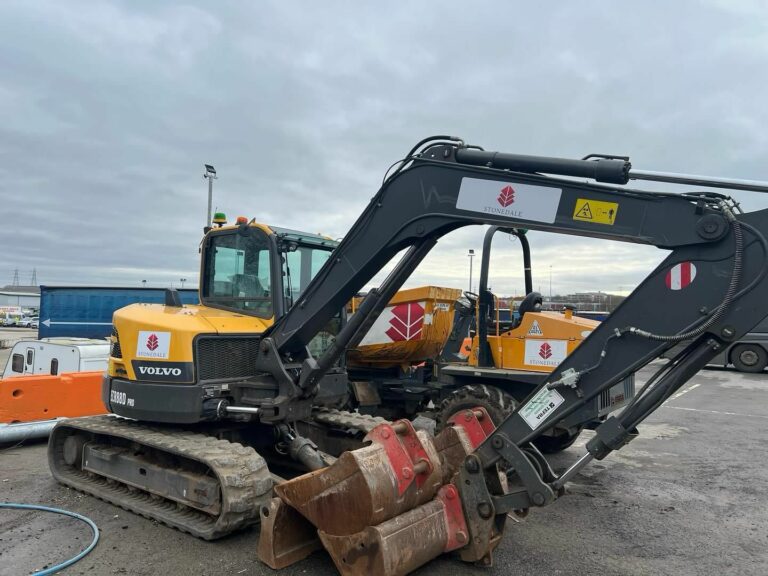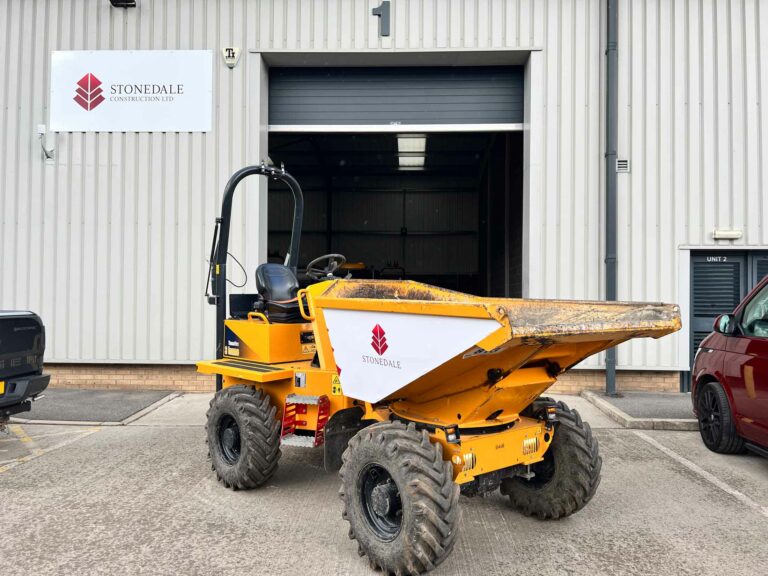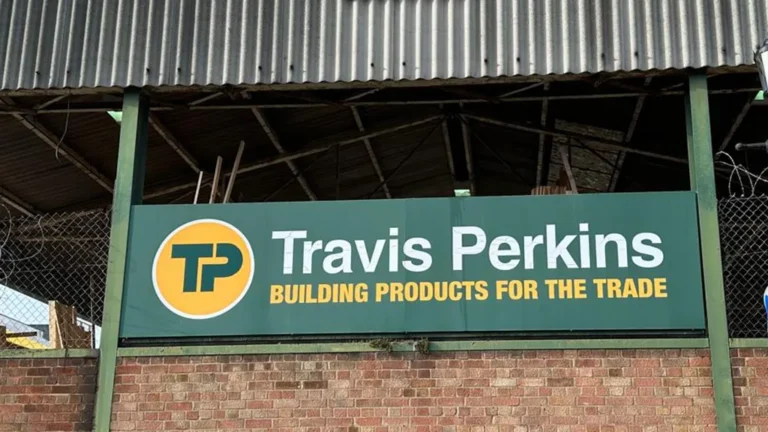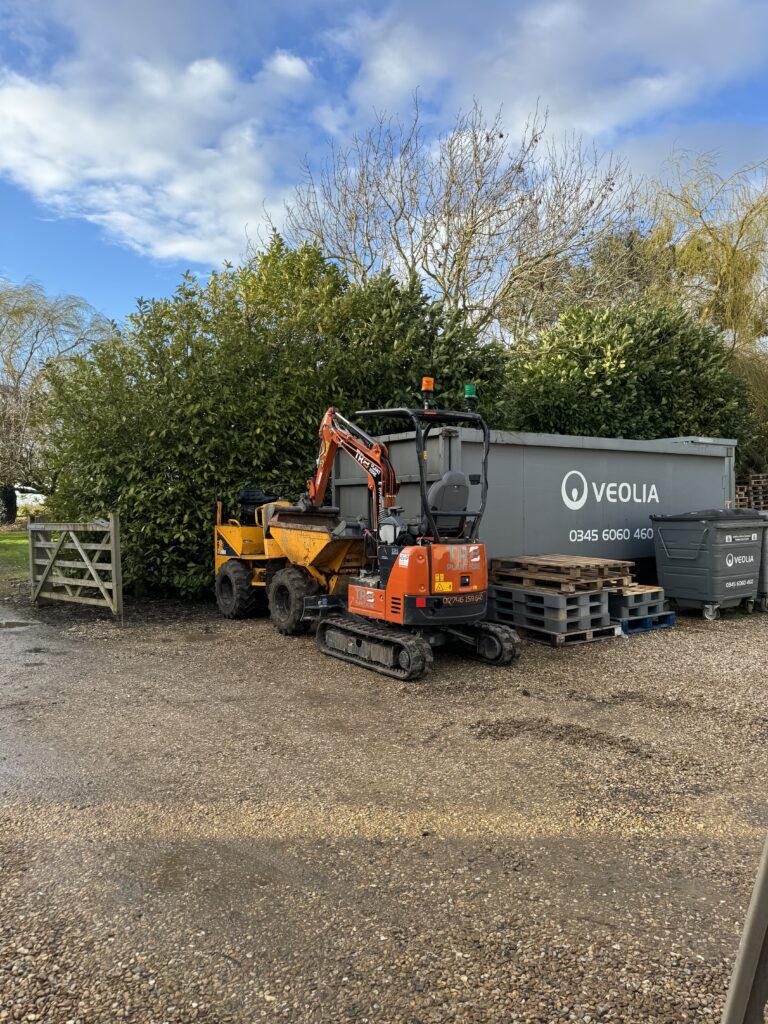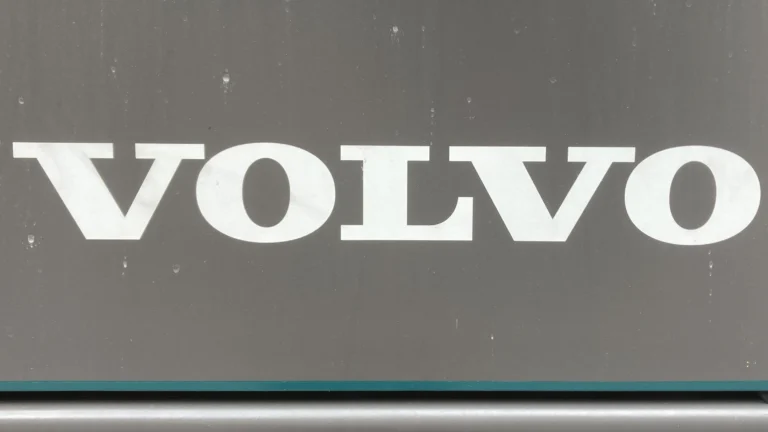Discover Vacuum Excavation: Everything You Should Know
- Plant Interest
-
Jul 25
- Share post
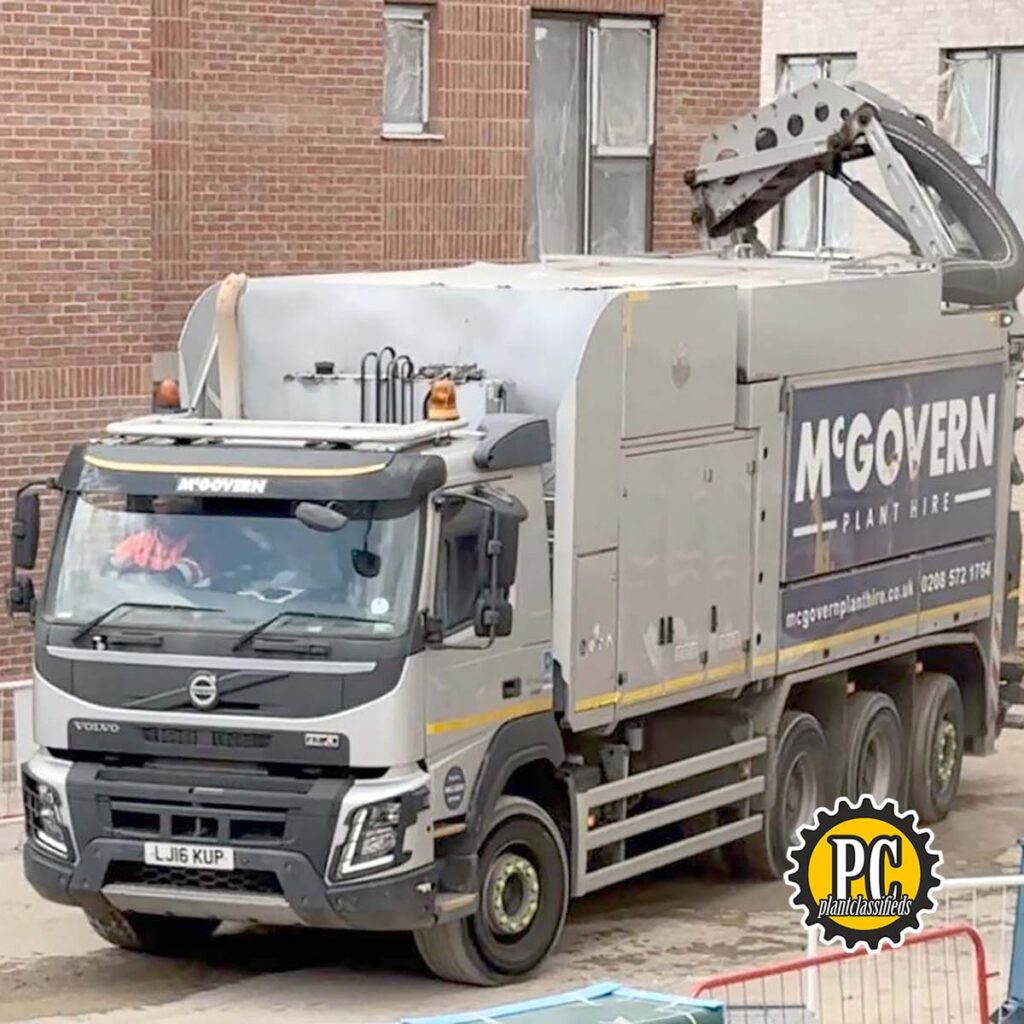
Discover Vacuum Excavation: Everything You Should Know
The process then vacuums the loosened soil into a debris tank, making it a non-destructive digging method. More and more people recognise this method for its safety, efficiency, and accuracy, particularly compared to traditional excavation methods.
The Vacuum Excavation Process
The vacuum excavation process begins with the use of pressurised water or air to loosen the soil around the area to be excavated. This process, known as ‘potholing’ or ‘daylighting,’ is done to expose underground utilities without causing any damage. The process vacuums up the loosened soil into a debris tank and later disposes of it at a suitable site.
There are two main types of vacuum excavation: hydro excavation and air excavation. Hydro excavation uses pressurised water to break up the soil, while air excavation uses compressed air. The choice between the two depends on the project’s specific requirements and the soil’s nature.
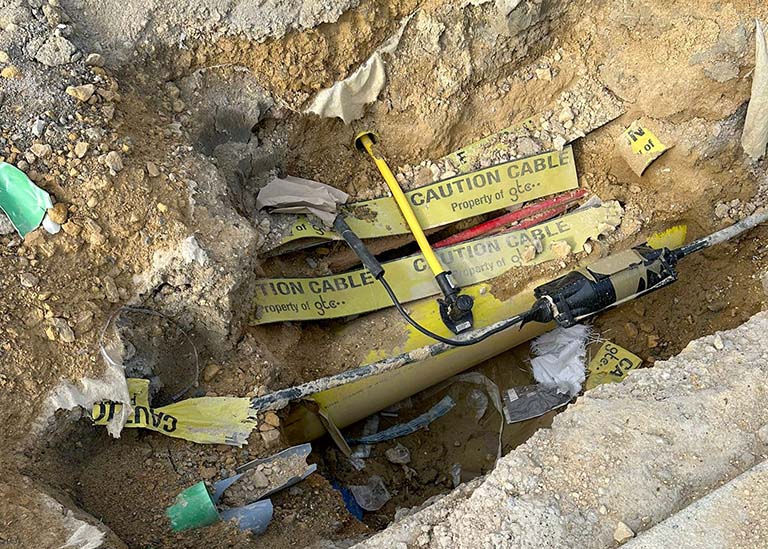
Vacuum excavated hole with exposed and undamaged utility pipes.
The Vacuum Excavation Process
The vacuum excavation process begins with the use of pressurised water or air to loosen the soil around the area to be excavated. This process, known as ‘potholing’ or ‘daylighting,’ is done to expose underground utilities without causing any damage. The process vacuums up the loosened soil into a debris tank and later disposes of it at a suitable site.
There are two main types of vacuum excavation: hydro excavation and air excavation. Hydro excavation uses pressurised water to break up the soil, while air excavation uses compressed air. The choice between the two depends on the project’s specific requirements and the soil’s nature.
Benefits of Vacuum Excavation
- Safety: Vacuum excavation significantly reduces the risk of damage to underground utilities, which can lead to costly repairs and potential safety hazards. Using water or air to break up the soil minimises the chances of damaging these utilities, making it a safer alternative to traditional excavation methods.
- Efficiency: Vacuum excavation is faster than traditional digging methods. Pressurised water or air allows for quick and efficient soil removal, reducing the time spent on the excavation process.
- Accuracy: Vacuum excavation provides a high level of accuracy, allowing for precise excavation around delicate utilities. This accuracy reduces the need for additional digging and backfilling, saving time and resources.
- Environmental Impact: Vacuum excavation has a lower environmental impact than traditional methods. The process disrupts the surrounding area minimally and reduces the amount of debris requiring disposal.
The vacuum excavation team actively engaged at the Barratt Homes site in Franklin Gardens, Cambridge, Cambridgeshire, extracting soil from a service pit and avoiding the utility cables.
The Vacuum Excavation Process
The vacuum excavation process begins with the use of pressurised water or air to loosen the soil around the area to be excavated. This process, known as ‘potholing’ or ‘daylighting,’ is done to expose underground utilities without causing any damage. The process vacuums up the loosened soil into a debris tank and later disposes of it at a suitable site. There are two main types of vacuum excavation: hydro excavation and air excavation. Hydro excavation uses pressurised water to break up the soil, while air excavation uses compressed air. The choice between the two depends on the project’s specific requirements and the soil’s nature.Benefits of Vacuum Excavation
- Safety: Vacuum excavation significantly reduces the risk of damage to underground utilities, which can lead to costly repairs and potential safety hazards. Using water or air to break up the soil minimises the chances of damaging these utilities, making it a safer alternative to traditional excavation methods.
- Efficiency: Vacuum excavation is faster than traditional digging methods. Pressurised water or air allows for quick and efficient soil removal, reducing the time spent on the excavation process.
- Accuracy: Vacuum excavation provides a high level of accuracy, allowing for precise excavation around delicate utilities. This accuracy reduces the need for additional digging and backfilling, saving time and resources.
- Environmental Impact: Vacuum excavation has a lower environmental impact than traditional methods. The process disrupts the surrounding area minimally and reduces the amount of debris requiring disposal.
For a comprehensive analysis of vacuum excavation, we invite you to visit our specifically designed page devoted to this topic.
Discover Vacuum Excavation: Everything You Should Know, Published on PlantClassifieds 25/07/2023.
View PlantClassifieds YouTube Channel.
Please send us your newsworthy plant hire press releases. To find out more, please see the benefits of posting your press release on PlantClassifieds.
Discover Vacuum Excavation and Hire Near You
- {{ listingType.name }}
- prev
- next
- 1.5 Tonne Excavators
- +1 1.8 Tonne Excavators
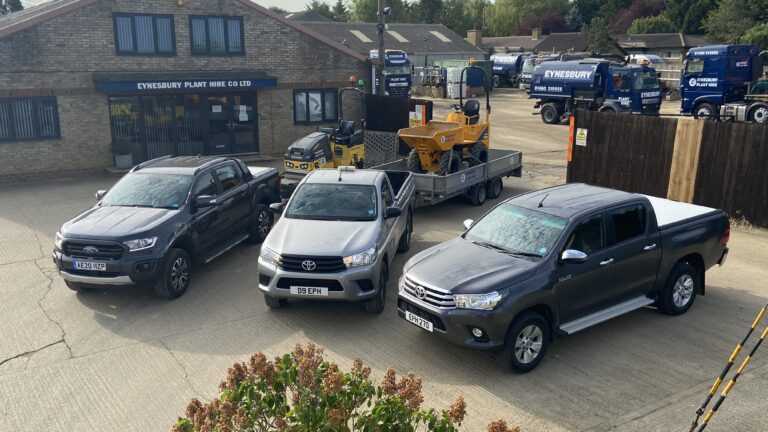
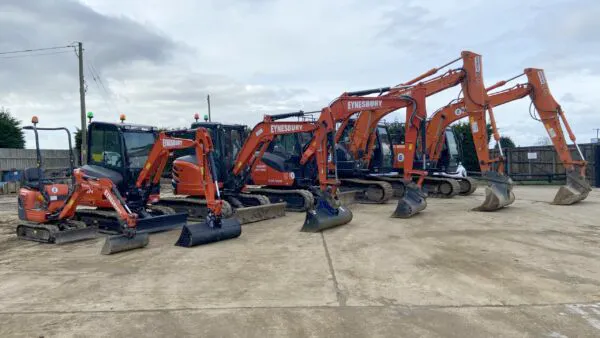
Eynesbury Plant Hire: Local Equipment Rental in Cambridgeshire 
Eynesbury Plant Hire - St Neots, Cambridgeshire Established in 1966, we have extensive experience in…
- 01/12/2023
- Potton Rd
- 1 Tonne Excavators
- +8 1 Tonne Tracked Dumpers, 1.5 Tonne Excavators, 120cm Rollers, 3 Tonne Dumper, 3 Tonne Excavators, 6 Tonne Dumper, Breakers, Excavators Midi (6-12 tonnes)
Comments
Add a comment
Leave a Reply · Cancel reply
PlantClassifieds Directory is a quick and easy way to list and find plant hire near you. Search and explore machinery rental, operated plant, and equipment-related companies.
Our Services
- Add Your Plant Listing
- SEO
- Plant Listings
- Web Integration
- Plant Hire Directory
- Checklist Downloads
- Plant Hire Finder
- Downloadable Plant Checklists
- Micro Digger Hire
- Mini Digger Hire
- Excavator Hire Near Me
- Telehandler Hire
- Operated Plant Hire
- Plant Hire Customer Tips
- Plant Checklist Downloads
- Royalty Free Plant Hire Photos
Contact Details
- Unit 10a, Gretton Road Industrial Estate, Gretton Road, Weldon, Corby, Northamptonshire, NN17 3HN, United Kingdom

